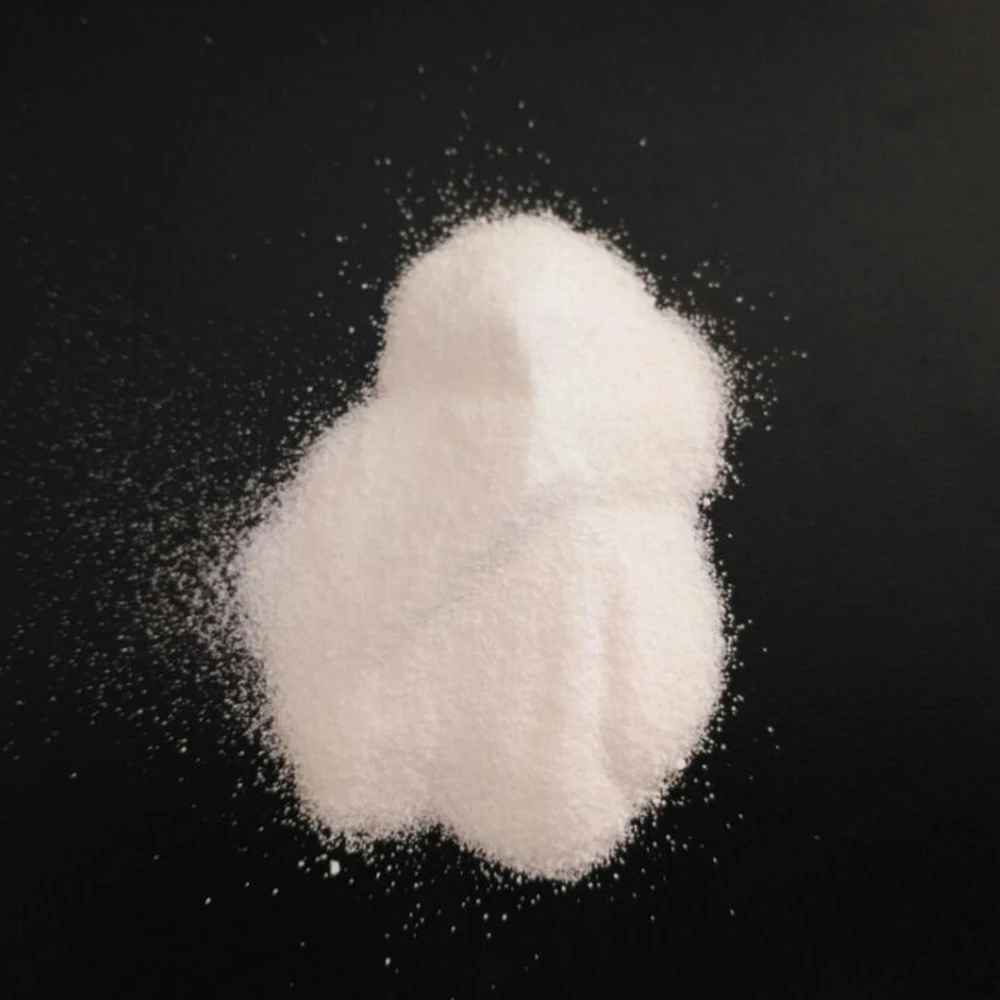



Safety Guidelines for Handling 0.5 M Sodium Hydroxide Solutions in Laboratory Settings
Understanding the Material Safety Data Sheet (MSDS) for 0.5 M Sodium Hydroxide (NaOH)
Sodium hydroxide (NaOH), commonly known as lye or caustic soda, is a highly versatile and widely used alkaline chemical in various industrial, laboratory, and household applications. When dealing with sodium hydroxide, it is crucial to understand its properties, handling requirements, and safety measures, which are all detailed in its Material Safety Data Sheet (MSDS). This article will explore the key components of the MSDS for a 0.5 M solution of sodium hydroxide and underscore the importance of adhering to safety protocols when working with this chemical.
Chemical Identification
The first part of the MSDS provides essential information about the chemical. Sodium hydroxide is often referred to by its formula NaOH. In the case of a 0.5 M solution, this indicates that there are 0.5 moles of sodium hydroxide dissolved in one liter of water. Its appearance is typically a clear, colorless liquid, and it is highly soluble in water. The MSDS will also include other identifiers, such as the CAS number 1310-73-2 and relevant transport information.
Hazards Identification
NaOH is known for its corrosive properties. The hazards associated with a 0.5 M sodium hydroxide solution include its ability to cause severe burns upon contact with skin, eye irritation, and potential respiratory issues if inhaled. The MSDS categorizes these hazards and provides pictograms that illustrate the potential dangers. It is essential to recognize that even a dilute solution can pose significant risks, and the level of hazard increases with concentration.
Composition/Information on Ingredients
The MSDS will detail the composition of the product, emphasizing the primary component, which in this case is sodium hydroxide at a concentration of 0.5 M. In such solutions, water acts as the solvent. Understanding the exact composition aids in risk assessment and ensures clarity regarding potential chemical reactions with other substances.
First-Aid Measures
msds naoh 0.5 m

In the event of exposure to a 0.5 M sodium hydroxide solution, the MSDS outlines immediate first-aid measures. For skin contact, it is crucial to rinse the affected area with copious amounts of water for at least 15 minutes and seek medical attention if chemical burns occur. In the case of eye contact, flushing the eyes with water for a continuous 15 minutes is recommended, and medical help should be obtained immediately. For inhalation, moving the affected individual to an area with fresh air and seeking medical assistance for any respiratory distress is essential.
Handling and Storage
Proper handling and storage are critical when working with sodium hydroxide solutions. The MSDS advises using appropriate personal protective equipment (PPE), including gloves, goggles, and face shields, to prevent exposure. It is also important to use equipment made of materials compatible with NaOH to avoid reactions that could compromise safety. The solution should be stored in tightly closed containers in a cool, well-ventilated area, away from incompatible substances such as acids or organic materials.
Exposure Controls and Personal Protection
The MSDS emphasizes the importance of implementing engineering controls, such as fume hoods or local exhaust ventilation, when working with sodium hydroxide to minimize inhalation exposure. Additionally, recommended PPE must be worn to safeguard against splashes and other harmful exposures. This includes chemical-resistant gloves and eyewear, reflecting the corrosive nature of the material.
Stability and Reactivity
The MSDS will include information on the stability of 0.5 M sodium hydroxide and its potential reactivity. Generally, NaOH is stable under normal conditions but can react vigorously with acids, releasing heat and forming salts and water. Understanding these reactivities is crucial to prevent dangerous situations in laboratory or industrial settings.
Conclusion
The MSDS for a 0.5 M sodium hydroxide solution serves as an essential tool for anyone who works with this chemical, providing necessary information regarding hazards, safety measures, and handling procedures. Safety data sheets are vital resources that promote awareness and caution in the workplace or at home. Proper adherence to the information outlined within the MSDS not only ensures compliance with safety regulations but also protects health and safety for all personnel involved in working with sodium hydroxide. Understanding and applying the guidelines provided by the MSDS are fundamental steps in fostering a safe working environment.
-
Why Sodium Persulfate Is Everywhere NowNewsJul.07,2025
-
Why Polyacrylamide Is in High DemandNewsJul.07,2025
-
Understanding Paint Chemicals and Their ApplicationsNewsJul.07,2025
-
Smart Use Of Mining ChemicalsNewsJul.07,2025
-
Practical Uses of Potassium MonopersulfateNewsJul.07,2025
-
Agrochemicals In Real FarmingNewsJul.07,2025
-
Sodium Chlorite Hot UsesNewsJul.01,2025










